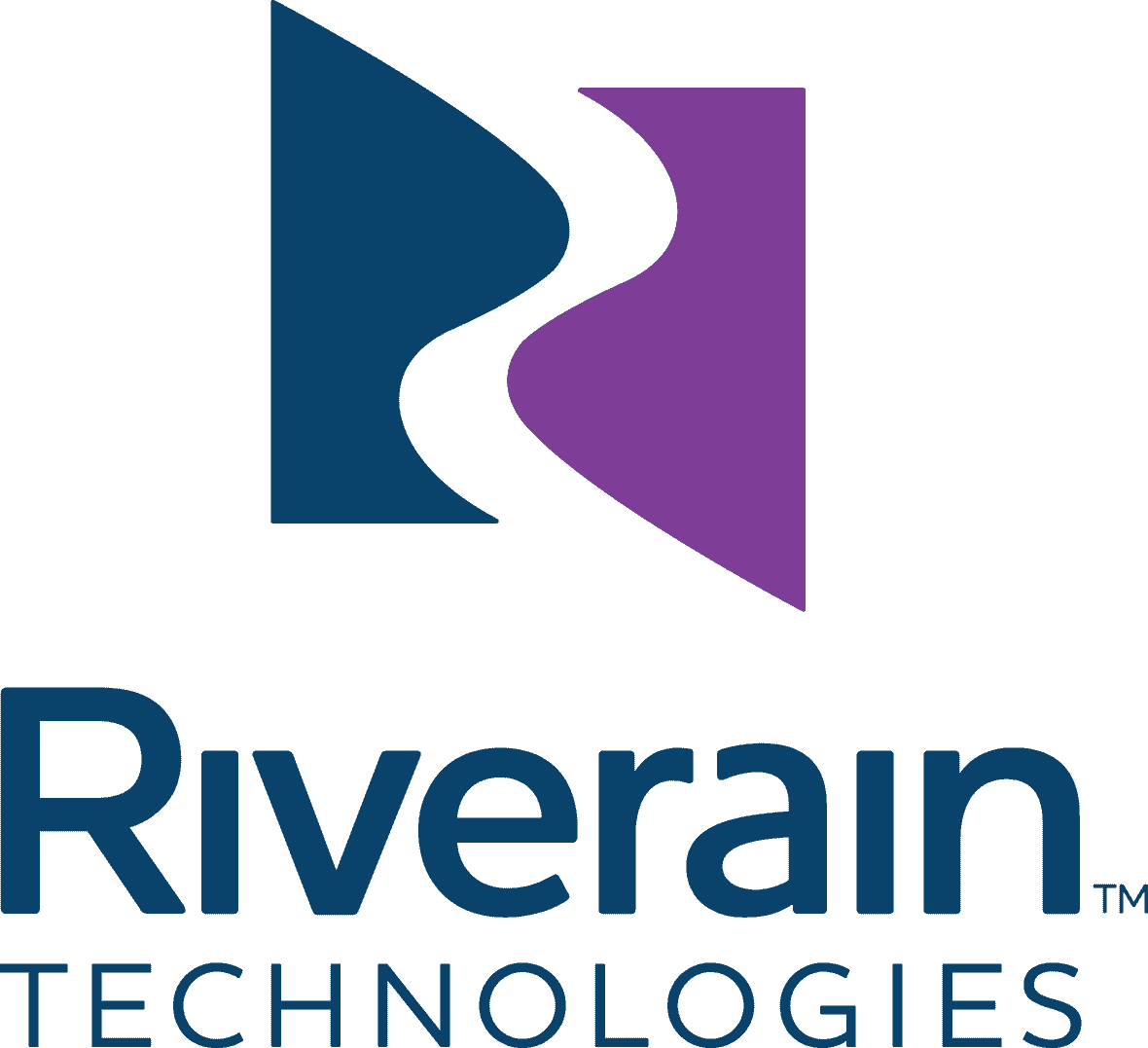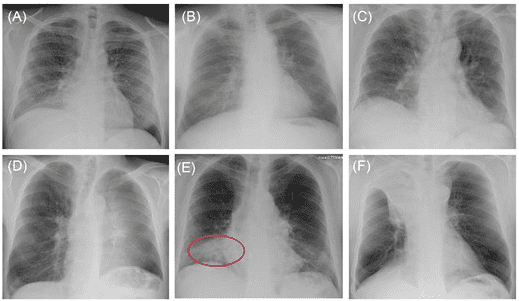|
Radiologist Skill Gap | X-Ray Uproar
May 11, 2022
|
|
|

|
|
Together with
|

|
|
|
“Some doctors are really good at diagnosing whereas others have a hard time — and will diagnose a lot of patients — because they just aren’t sure.”
|
|
Stanford economist Matthew Gentzkow after revealing that less-skilled radiologists are much more likely to make positive diagnoses.
|
|

|
|
A new Stanford study revealed that diagnostic variations are largely due to differences in radiologist skill levels (not work styles/preferences, etc.), suggesting that physician skill gaps might represent a major source of healthcare waste, and warning that efforts to standardize care could lead to even worse results.
The researchers analyzed 4.67M CXR interpretations from patients with suspected pneumonia, finding that radiologist skill level accounted for 39% of variations in positive diagnoses (both true & false) and 78% of variations in missed diagnoses. Those variations had a major impact on patient care:
- Reassigning a patient from a radiologist in the 10th to 90th percentile for positive diagnostic rates would increase their probability of receiving a positive diagnosis from 8.9% to 12.3%.
- Reassigning a patient from a radiologist in the 10th to 90th percentile for missed diagnosis rates would increase their probability of receiving a false negative from 0.2% to 1.8%.
Perhaps counterintuitively, they found that the radiologists who were more likely to diagnose patients with pneumonia were also more likely to submit false negative diagnoses, suggesting that less skilled radiologists are responsible for an outsized share of unnecessary, delayed, and inconsistent care.
Skill can be hard to define, but the researchers found that the “most skilled radiologists” were generally older and more experienced, wrote shorter reports, and spent more time on each report.
The researchers weren’t specifically trying to understand radiologist skill variations with this study, and their main takeaway is that we might have to change our assumptions about how to fix the U.S. healthcare system:
- Healthcare inefficiency might have more to do with physician performance, and less to do with other commonly cited issues (e.g. misaligned payor/provider incentives)
- Relying on standardized approaches to equalize patient care and address cost variations might actually lead to worse care and higher costs
The Takeaway
Most readers probably aren’t surprised to hear that some radiologists are way more accurate than others, and that diagnostic skill increases with age/experience. However, this study gives new evidence supporting the value of quality improvement efforts, and could make it easier to demonstrate how radiology products/processes that reduce variability but don’t generate revenue (like AI…) might deliver clearer ROI than some might think.
|




|
|
Subtle Medical’s Efficiency Enhancements
Check out the latest Imaging Wire Show featuring Subtle Medical’s Josh Gurewitz and Greg Zaharchuk, MD, PhD. We explored Subtle Medical’s unique origins, the many benefits of imaging efficiency, and their continued evolution, making this a must-see interview whether you’re in AI or working to improve your imaging operations.
|
|
Three Questions that May Change your Enterprise Imaging Strategy
To solve the challenges of enterprise imaging, you’ll need a strategy that addresses today’s needs and future challenges. Answer the questions to see if you’re prepared to formulate a more effective healthcare IT plan.
|
|
DASA and CARPL.ai’s Pediatric AI Evaluation
When Sao Paolo’s Diagnosticos da America SA (DASA, the world’s 4th largest diagnostics company) set out to evaluate Qure.ai’s QXR solution for their pediatric chest X-ray workflows, they leveraged CARPL.ai’s platform to streamline their evaluation. See how it worked here.
|
|
- Digital Health, Bubble or No Bubble? A new report from Rock Health concluded that the digital health space “is not in an investment bubble, but it is frothy.” The digital health segment reportedly shares one of the six key attributes found in historical bubbles (high valuations), but it’s only “somewhat” associated with three other major bubble categories (high burn rates, funding from non-industry investors, unclear exit paths), and is innocent of two of the worst bubble indicators (hype outweighs business fundamentals, misuse of funds).
- Pediatric BoneView: Skeletal Radiology published a rare pediatric AI study, finding that GLEAMER’s BoneView algorithm accurately detected acute pediatric appendicular fractures. Using an external dataset of 300 extremity X-rays (150 w/ fractures, 10.8yr avg age), BoneView achieved an 0.93 per-patient AUC (91.3% sensitivity & 90% specificity), with “consistently high” performance across all anatomical locations and types of fractures, except avulsion fractures (72.7% sensitivity). This study continues BoneView’s recent momentum, coming a few months after its FDA clearance and a similarly-positive study highlighting BoneView’s impact on clinician accuracy.
- When the PHE Ends: Healthcare Administrative Partners shared a helpful breakdown on how and when radiology practices will be affected by the COVID-19 Public Health Emergency’s expiration (potentially in mid-July). Practices can expect increased Medicare enrollment labor as relaxed PHE policies are eliminated (would be effective immediately) and additional telehealth credentialing work as out-of-state “flexibilities” are discontinued (151 days after PHE ends). Meanwhile, practices in states that gained additional Medicaid coverage will see a shift in their payor mix (by the end of the quarter that PHE ends), and practices that received Provider Relief Funds will have new deadlines for using their PRF funds (June 2022 to June 2023) and reporting their funding usage (September 2022 to September 2023).
- 68Ga-FAPI PET/CT for Metastatic Thyroid Cancer: A new study out of China detailed 68Ga-FAPI PET/CT imaging’s strong diagnostic performance with metastatic differentiated thyroid cancer (DTC), achieving far better results than 18F‐FDG PET/CT (the current standard). The prospective study of 35 patients with suspected or confirmed metastatic DTC found that 68Ga-FAPI PET/CT achieved higher tracer uptake than 18F-FDG PET/CT across all metastatic lesion areas (7.0 vs 4.2), and had higher sensitivity for depicting neck lesions (83% vs 65%) and distant metastases (79% vs 59%).
- nference’s Imaging Entrance: Drug discovery/development AI company nference expanded into imaging, acquiring small India-based imaging AI startup Predible. nference has built an impressive business by using largely unstructured EHR data to support drug discovery/development, while Predible analyzes chest CT scans to generate visual/quantitative diagnostic reports. It appears that this was an acqui-hire, allowing nference to leverage Predible’s team of imaging AI experts to help it make “ALL biomedical data computable.”
- GE & RaySearch’s RT Alliance: GE Healthcare and RaySearch will work together to develop a new radiation therapy simulation and treatment planning solution, combining RaySearch’s treatment planning systems with GE Healthcare’s multi-modality simulator systems (CT/MR/MI). The alliance comes just a month after GE announced a similar radiation therapy collaboration with Elekta.
- deepc’s International Acceleration: deepc announced plans to expand globally (with an emphasis on the US), following its acceptance into the German Accelerator Life Sciences program, which helps its members expand to new global markets. Although the US already has plenty of AI marketplaces and platforms, deepc has been operating in Europe for a few years and already has a long list of FDA-cleared AI partners (e.g. Qure.ao, Lunit, Vuno, Avicenna.ai, others).
- X-Ray Age Uproar: The Australian Federal Police’s use of wrist X-rays to help decide whether to prosecute younger foreign-born defendants as adults came under scrutiny last week. An Australian court overturned convictions against six Indonesian men, who received adult prison sentences in 2010 (when they were as young as 13), even though experts had warned that the technique was unreliable. This is a unique story, but not a unique practice, as X-ray bone age is used for asylum and immigration decision-making across the world.
- Compression Equivalence: A new study in European Radiology showed that mammography exams involving patient-assisted compression produce equivalent image quality as standard compression exams. In the randomized trial (n = 444 women, 60yr avg age) the two compression types produced the same “PGMI” image quality distributions (Perfect, Good, Moderate, Inadequate), including both CC and MLO exam views.
- Philips MR 7700 Cleared: Philips announced the FDA clearance of its high-performance MR 7700 3T MRI system, which is positioned for both clinical and research use, and boasts a number of unique capabilities to support its dual positioning. The MR 7700 features an enhanced XP gradient coil system, new multinuclear clinical capabilities (diffusion imaging, integrated multi-nuclei and spectroscopy imaging, neuroscience sequences), and interface and workflow features intended to support both clinicians and researchers.
- AI’s External Validation Drop: A new Johns Hopkins study review added the latest evidence that deep learning algorithms often struggle when applied to external validation sets. Of the 86 algorithms included (83 academic studies from 2015-2021), 81% (70/86) performed worse with the external set, including 24% showing a substantial decrease and 49% showing at least a modest decrease (≥0.10 & ≥0.05). Although these results probably aren’t surprising to AI insiders, this was arguably the most-shared AI story across radiology social media this week, and it likely had an outsized influence on AI opinions.
|
|
Realizing Enterprise Imaging’s Full Potential
Enterprise Imaging has come a long way, and it has a long way to go. This Intelerad white paper details the five pillars organizations should prioritize in order to realize the full potential of EI’s next evolution.
|
|
SIIM is Back In-Person!
Join imaging informaticists from around the globe at SIIM22 and:
– Discover Dynamic Learning, Emerging Technologies, and Networking
– Experience SIIM’s Unique Culture of Vendors + Users Innovating Together
– Education Tailored to Your Role in the Imaging Informatics Innovation Pathway
|
|
- Take the AiCE challenge and see why half the radiologists in a recent study “had difficulty differentiating” images from Canon Medical Systems’ Vantage Orian 1.5T MR using its AiCE reconstruction technology compared to standard 3T MRI images.
- Check out this on-demand GE Healthcare presentation featuring Atlantic Health System’s Seth Uretsky, MD and NeoSoft’s Steven Wolf MD on AI-driven evaluation of valvular heart disease and shunts.
- With radiation dose management now largely considered best practice, this Bayer white paper details the top five benefits of adopting contrast dose management.
- Check out this Imaging Wire Show featuring Us2.ai’s co-founders, James Hare and Carolyn Lam MBBS, PhD, detailing Us2.ai’s unique origins, impressive capabilities, and big goals to automate echocardiography reporting across the world.
- We hear a lot about AI being the next big thing or being immature and overhyped. This set of Blackford Analysis editorials reviews the challenges that are still holding back imaging AI, and the areas that AI is delivering genuine clinical benefits.
- Change Healthcare’s cloud-native, zero-footprint Stratus Imaging PACS is now live in clinical use. See how Stratus Imaging PACS is helping radiology practices improve productivity and patient care, while eliminating the cost and resource constraints of on-premise systems.
- See how adopting ClearRead CT allowed Michigan’s Regional Medical Imaging’s radiologists to complete their chest CT reads faster and more accurately in this Riverain Technologies case study.
- United Imaging’s uCT ATLAS ultra-premium CT scanner delivers imaging that covers it all. That means 16 cm whole organ coverage, enabling a non-contrast brain in a half-second with a single rotation. That also means whole-heart coverage combined with 0.25 second rotation speed, providing high-quality and low-dose images within one heartbeat.
- Learn how Yale New Haven Health improved its radiology efficiency, communications, and turnaround times when it adopted Nuance’s PowerScribe Workflow Orchestration and PowerConnect Communicator solutions.
- With radiologist workloads growing in volume and complexity, having the wrong PACS can lead to radiologist burnout. This helpful Fujifilm post shows how having the right PACS that functions as a centralized and integrated enterprise imaging system can be part of the solution.
- Check out this patient case study showing how the Arterys Chest I MSK AI allowed radiologists at CSE in Paris to identify a fracture that was missed in three previous interpretations.
|
|
|
|
|